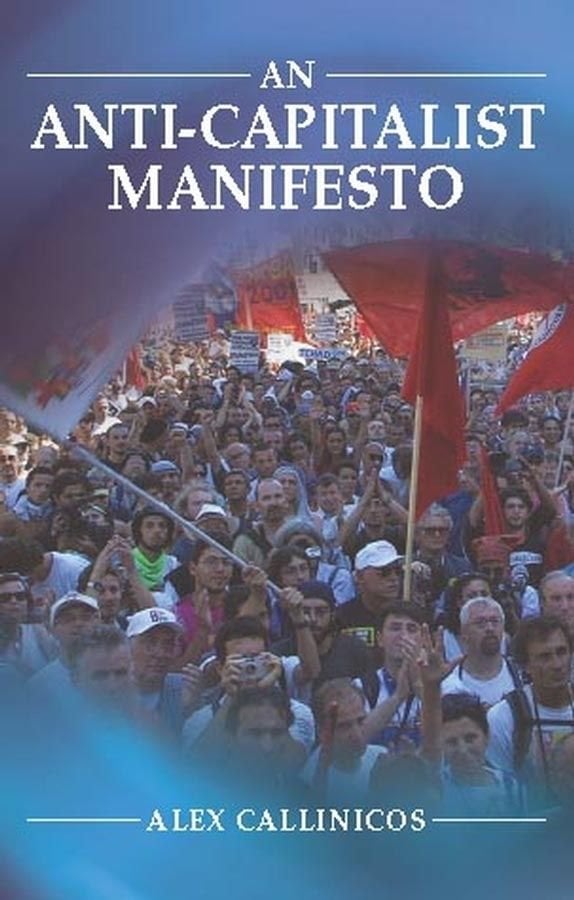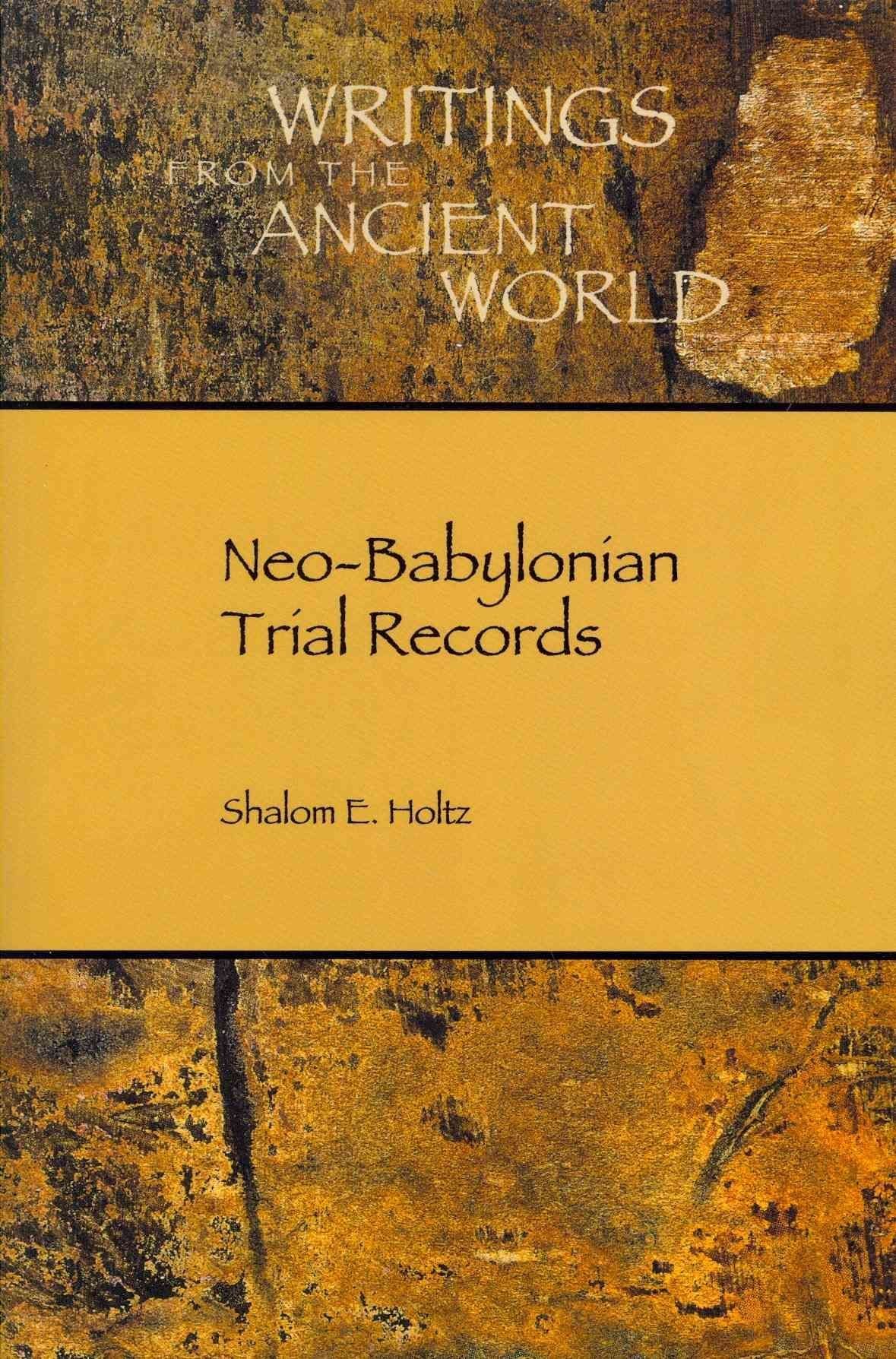The great demonstrations at Seattle and Genoa have shown that we are in a new era of protest. The neo?liberal economic policies pursued by the Group of Seven leading industrial countries and the international institutions they control are provoking widespread resistance. Growing numbers of people in all five continents are rejecting the values of the market and the vision of a world made safe for the multinational corporations. But what does the anti?globalization movement stand for? Is it, as its most common name suggests, against globalization itself? Is it opposed merely to the neo?liberal Washington Consensus that became dominant in the 1980s and 1990s, or is its real enemy the capitalist system itself? The World Social Forum at Porto Alegre has popularized the slogan ?Another World is Possible?. But what is that world? Alex Callinicos seeks to answer these questions in An Anti?Capitalist Manifesto. He analyses the development of the movement, distinguishes between the different political forces within it, and explores the strategic dilemmas ? notably over violence and the nation?state ? that it increasingly confronts. He argues that the movement is directed against capitalism itself. The logic of competitive accumulation that drives this system is not only increasing global inequality and economic instability, but threatens ecological catastrophe and appalling conflict. To meet the challenge of global capitalism the new protest movement requires, according to Callinicos, a creative synthesis of its own inclusive and dynamic style and the best of the classical Marxist tradition.












